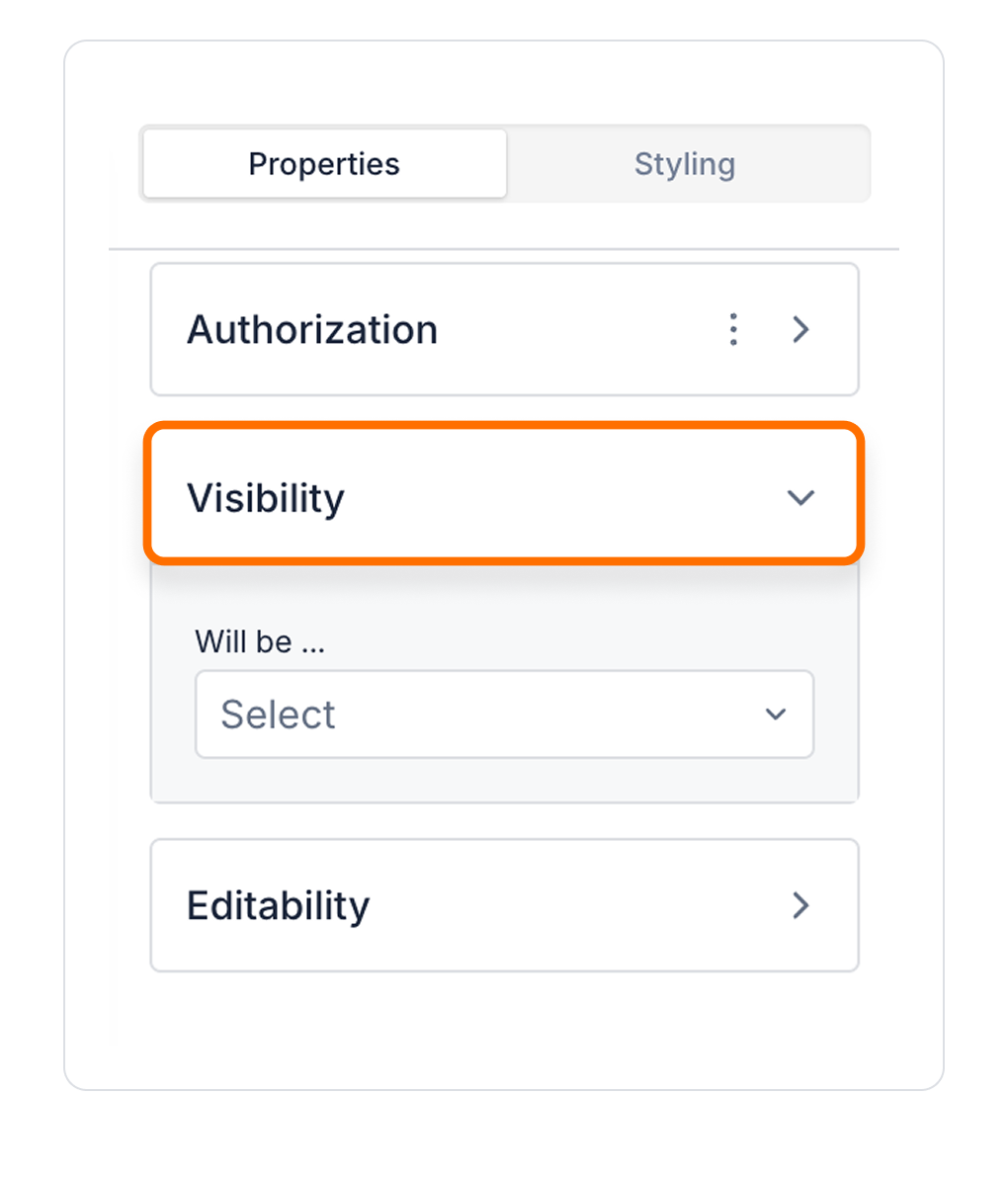

Kuika's Timeline element provides a visual presentation of events or processes in a chronological order. It is used to track and visualize important events or developments in a given time period. The Timeline element helps users to better understand the stages of a process or project. For example, it is ideal for showing the progress of a project or the historical development of an event. In this tutorial, you will learn how to effectively create a timeline in your application using the Timeline element.
Functions of the Timeline Element:
This training content consists of the following topics:

You can configure the properties of the Timeline element in the Properties panel on the right edge.

In this example, the Timeline element will display data by connecting to a SQL Datasource.
SELECT * FROM timeline_datasource4. Complete the process by clicking the CREATE button.
Important Notes
Once you have done this, your Timeline element will now work with the data you have specified.
Authorization

To manage access control at the element level, you can use the Authorization section in the Properties panel.
Access Types
Anonymous
Allows all users to view the element without logging in.
Restricted
Restricts access to only verified users or specific roles.
Unauthorized Behavior (Hide / Disable)
If the user does not have the required role, you can specify how the element should behave in the Choose field:
This setting is used to manage how unauthorized users encounter the element.
Visibility

To configure the setting:


By customizing your elements with the Styling Panel, you can create impressive interfaces for your web and mobile applications. In this section, you can configure the following settings:
By following these steps, you can configure the Area Chart element to suit your needs.